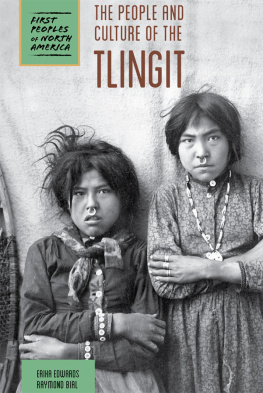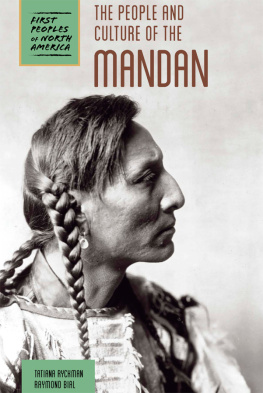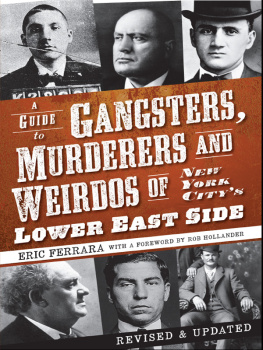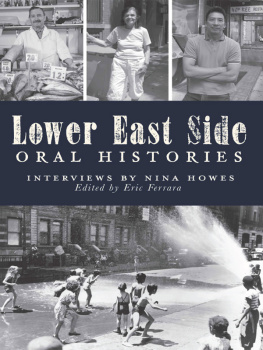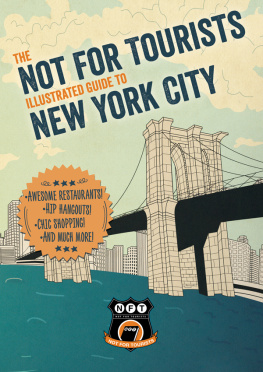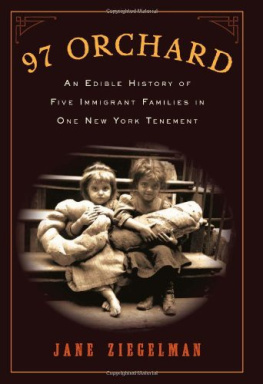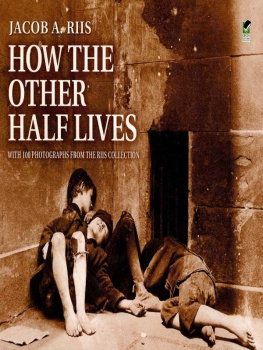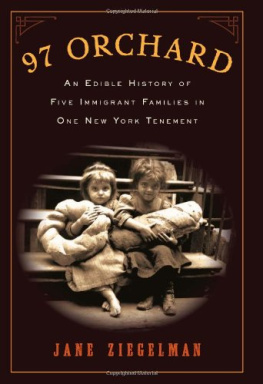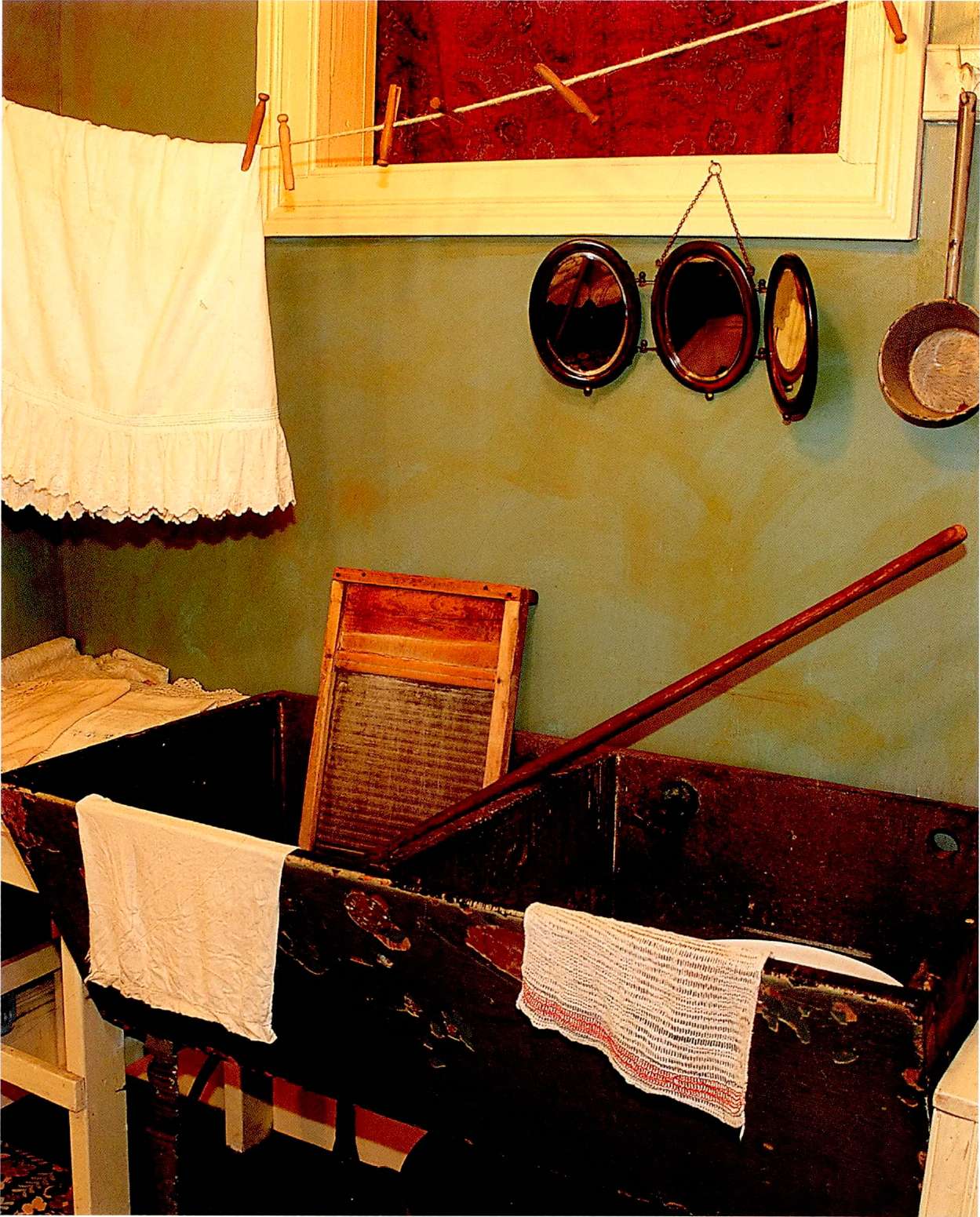
Houghton Mifflin Company Boston
Copyright 2002 by Raymond Bial
All rights reserved. For information about permission to reproduce selections from this book, write to
Permissions, Houghton Mifflin Company, 215 Park Avenue South, New York, New York 10003.
Special thanks to the Lower East Side Tenement Museum, 97 Orchard Street, New York, New York 10002.
Telephone: 212-431-0233.
www.houghtonmifllinbooks.com
Book design by Lisa Diercks
The text of this book is set in Filosofia.
Library of Congress Cataloging-in-Publication Data
Bial, Raymond.
Tenement : immigrant life on the Lower East Side / Raymond Bial.
p. cm.
Summary: Presents a view of New York City's tenements during the peak years of foreign immigration,
discussing living conditions, laws pertaining to tenements, and the occupations of their residents.
Includes bibliographical references.
ISBN 0-618-13849-8 (hardcover)
1. PoorNew York (State)New YorkJuvenile literature, 2. ImmigrantsNew York (State)
New YorkJuvenile literature. 3. Tenement housesNew York (State)New YorkJuvenile literature.
4. Lower East Side (New York, N.Y.)Social conditionsJuvenile literature. [1. PoorNew York
(State)New York. 2 ImmigrantsNew York (State)New York. 3. Tenement houses. 4. New York
(N.Y.)Social conditions. 5. New York (N.Y.)History.] 1. Title.
HV4046.N6 B53 2002 307.76'4'097471dc21 2002000407
Photo Credits
The photographs on the following pages are from How the Other Half Lives by Jacob Riis, and they have
been graciously provided by the Museum of the City of New York: viii, 11, 15, 16, 18, 19, 21, 24, 33, 34,
44. John Seder, a native New Yorker, made the photograph that appears on page 45.
All other photographs are by the author.
Printed in Singapore
TWP 10 9 8 7 6 5
T HIS BOOK IS DEDICATED TO MY GRANDPARENTS AND THOSE OF MY wife, Linda, all of whom came to America from other countriesGermany, Poland, Lithuania, Slovenia, Hungary, and Italyin the early years of the twentieth century. Fearful yet hopeful, impoverished yet hardworking, they arrived at Ellis Island and other ports of entry. Like other immigrants, they lived for a time in tenements and boarding houses in poor neighborhoods. Like other immigrants, they sought a better life for themselves, their children, and their grandchildren. It was a lifelong task that was admirably achieved.
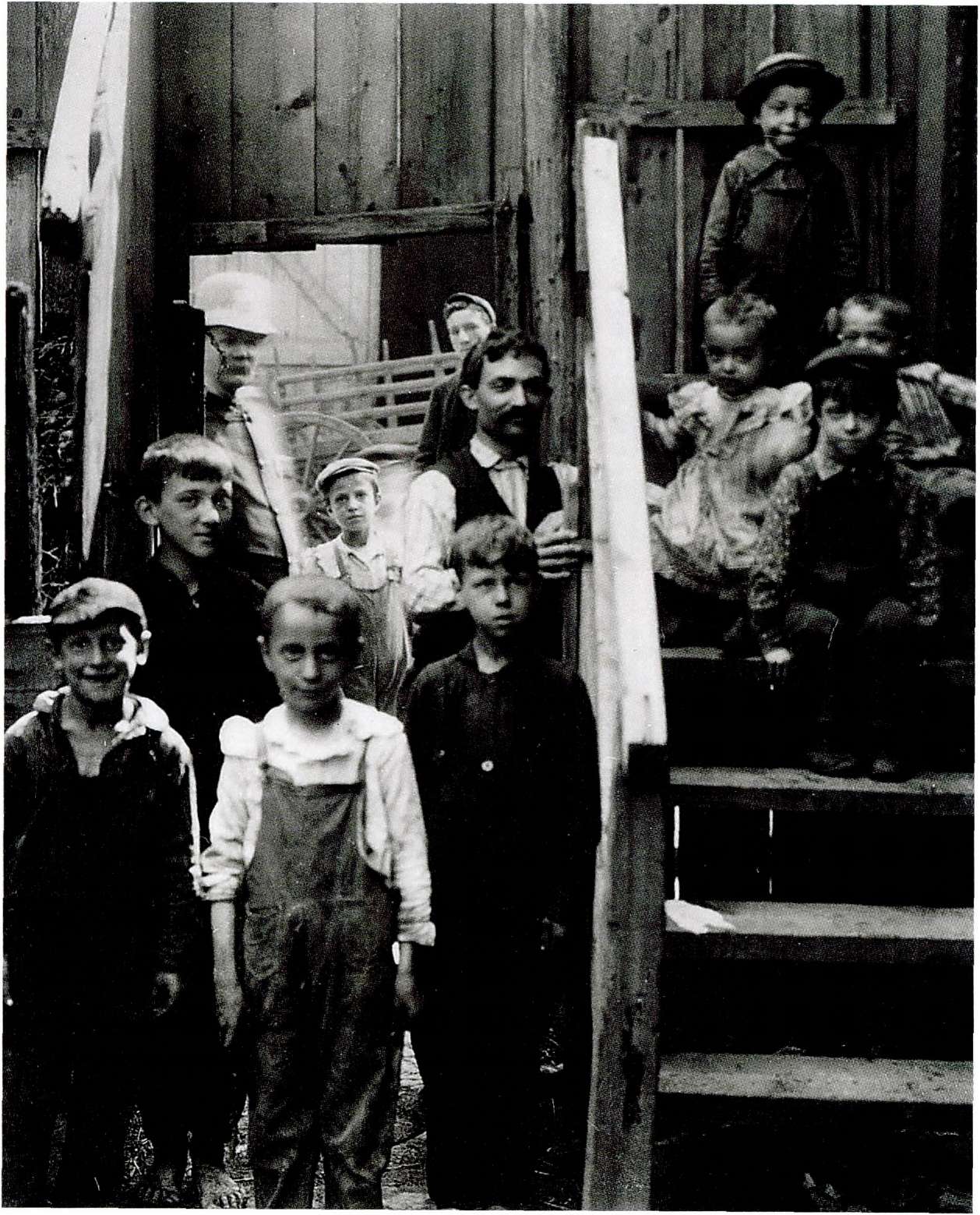
ACKNOWLEDGMENTS
I WOULD LIKE TO THANK THE L OWER E AST S IDE T ENEMENT M USEUM for allowing me to photograph at their site. I am grateful to the City Museum of New York, which provided a number of striking photographs. I would also like to thank my friend and fellow photographer John Seder for his help with this project. I offer my deepest appreciation for my daughter Anna, who accompanied me on the photo shoot to New York City. Without her assistance I would not have been able to take the photographs that appear in this book.
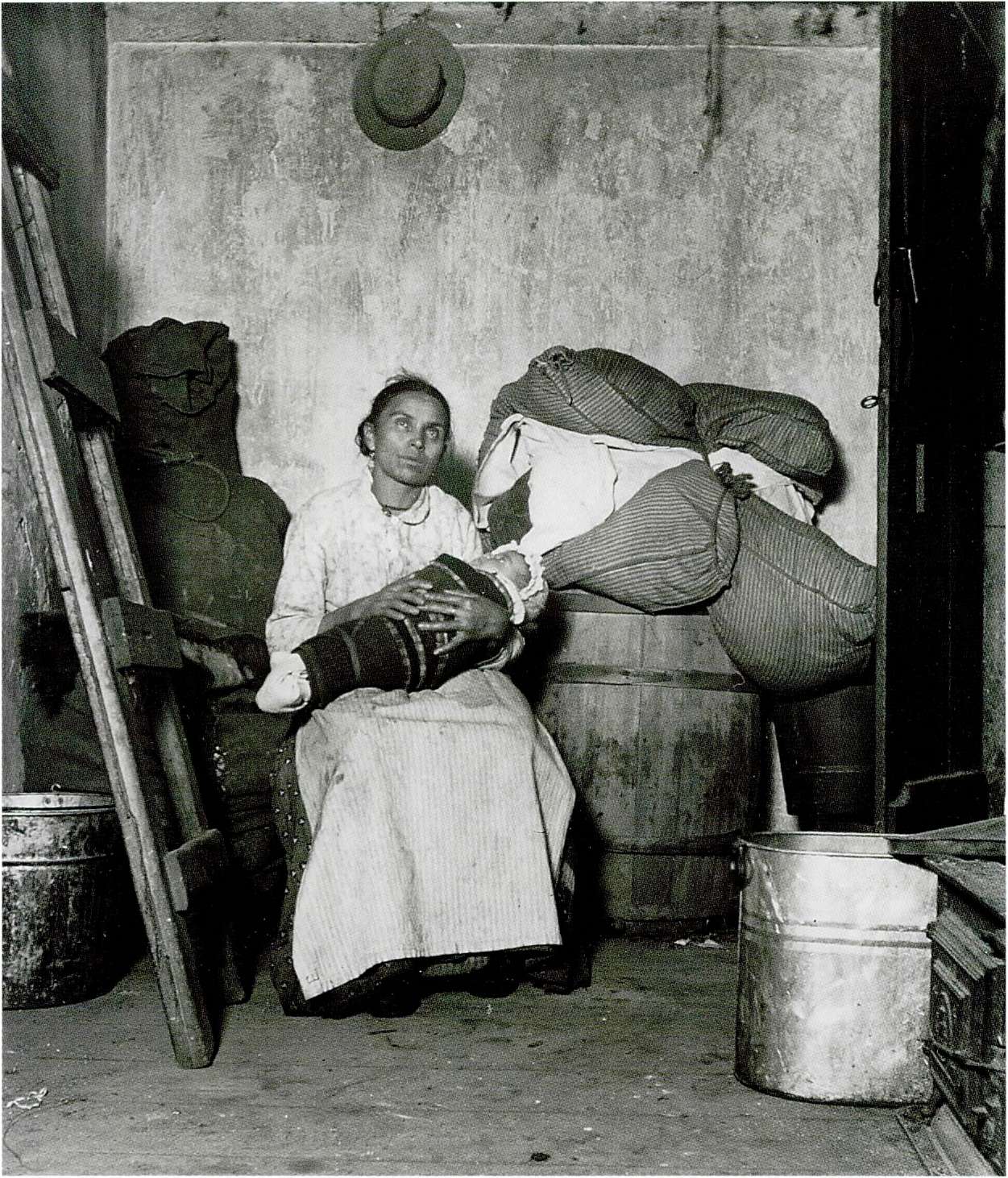
After a hazardous journey across the Atlantic Ocean from her home in Italy, this woman and her baby found themselves trapped in poverty in a small tenement on Jersey Street around 1889.
F ROM THE EARLY 1800S TO THE 1930S, MILLIONS OF IMMIGRANTS from Ireland, Germany, Italy, and eastern European countries arrived on the shores of America with hope in their hearts. Crowded onto ships, clutching all their worldly belongings, they had journeyed across the turbulent Atlantic Ocean. After days, even weeks, at sea, they had at last steamed into New York Harbor, where the Statue of Liberty's torch, held high, seemed to light their way.
Everywhere
immigrants have
enriched and
strengthened the
fabric of
American life.
John F. Kennedy
Many immigrants encountered hostility, even hatred, as they poured onto Ellis Island and other ports of entry on the eastern seaboard. They were considered inferior, sometimes less than human, by native-born Americans. Torn from the familyar surroundings of "the old country," most immigrants found themselves in a strange, often terrifying land where they had few relatives and friendsor no one at all. Because they did not know the language and the ways of the New World, it was assumed that they were mute or ignorant. Yet in truth these immigrants had great strength of body and mind. Through intelligence and hard work, they were determined to make a better life for themselves and their children. In America, the streets might not be paved in gold, as they had been told, but this was still the "land of opportunity." They knew that they could overcome any obstacle, including devastating poverty and rank discrimination, if only they had a chance.
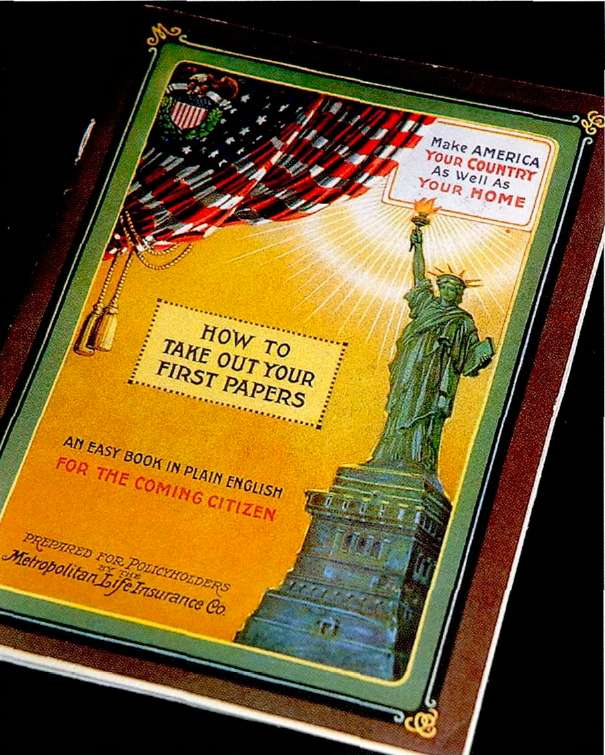
Immigrants dreamed of the day when they would become citizens of the United States. They completed paperwork and studied hard to pass the citizenship test.
In the old country, people had few, if any, civil liberties. Many people had suffered terrible persecution. So many immigrants also came to America to escape the tyranny of the Old World. They marveled that Americans were allowed to express their views freely in politics and the arts, as well as in daily conversation. They yearned to become American citizens themselves someday. In a 1923 short story titled "America and I," Anzia Yezierska wrote, "I arrived in America. My young, strong body, my heart and soul pregnant with the unlived lives of generations clamoring for expression."
Many immigrants made their way from the Atlantic coast to the mines and factories of Pennsylvania, Ohio, and other industrial states. Some journeyed to the prairies and distant mountains, where they found work in small towns and on farms as far away as Texas, Montana, and Oregon. However, over the course of a century, hundreds of thousands settled in New York, Philadelphia, Chicago, and other large, growing cities. Having nowhere else to live, they moved into their own poor neighborhoods, where they crowded into rundown buildings known as tenements.
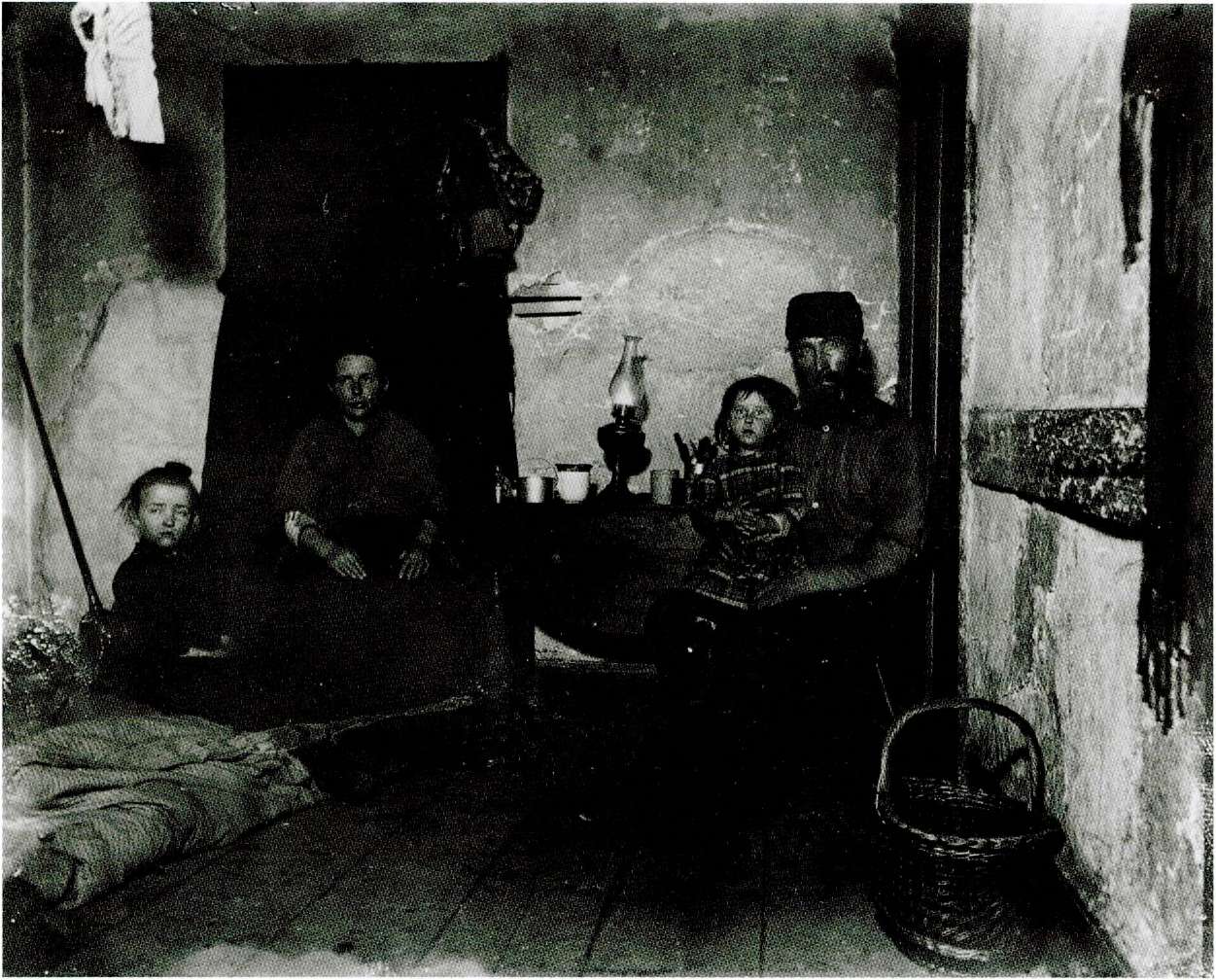
Around 1889, this family struggled to survive in the two small, dark rooms of their rat-infested tenement. The father earned just five dollars a week as a coal heaver unloading ships in New York Harbor.
A tenement is a multifamily dwelling with several apartmentlike living quarters. Derived trom the Latin word tenere and Medieval Latin word tenementum, meaning "to hold," the word was gradually adopted into Medieval French and then into English. Throughout the nineteenth century, tenements were built in the British Isles, including "Wales and Ireland. In the United States, immigrants usually livedand often workedin tenements in New York and other large cities. In these buildings, the tenants, or inhabitants, rented small apartments that came to be known as flats. All tenement neighborhoods shared the quandary of too many people crowded into too little space. Of all the tenement neighborhoods, the Lower East Side of New York became a powerful symbol of the struggle of all immigrants.
Next page

